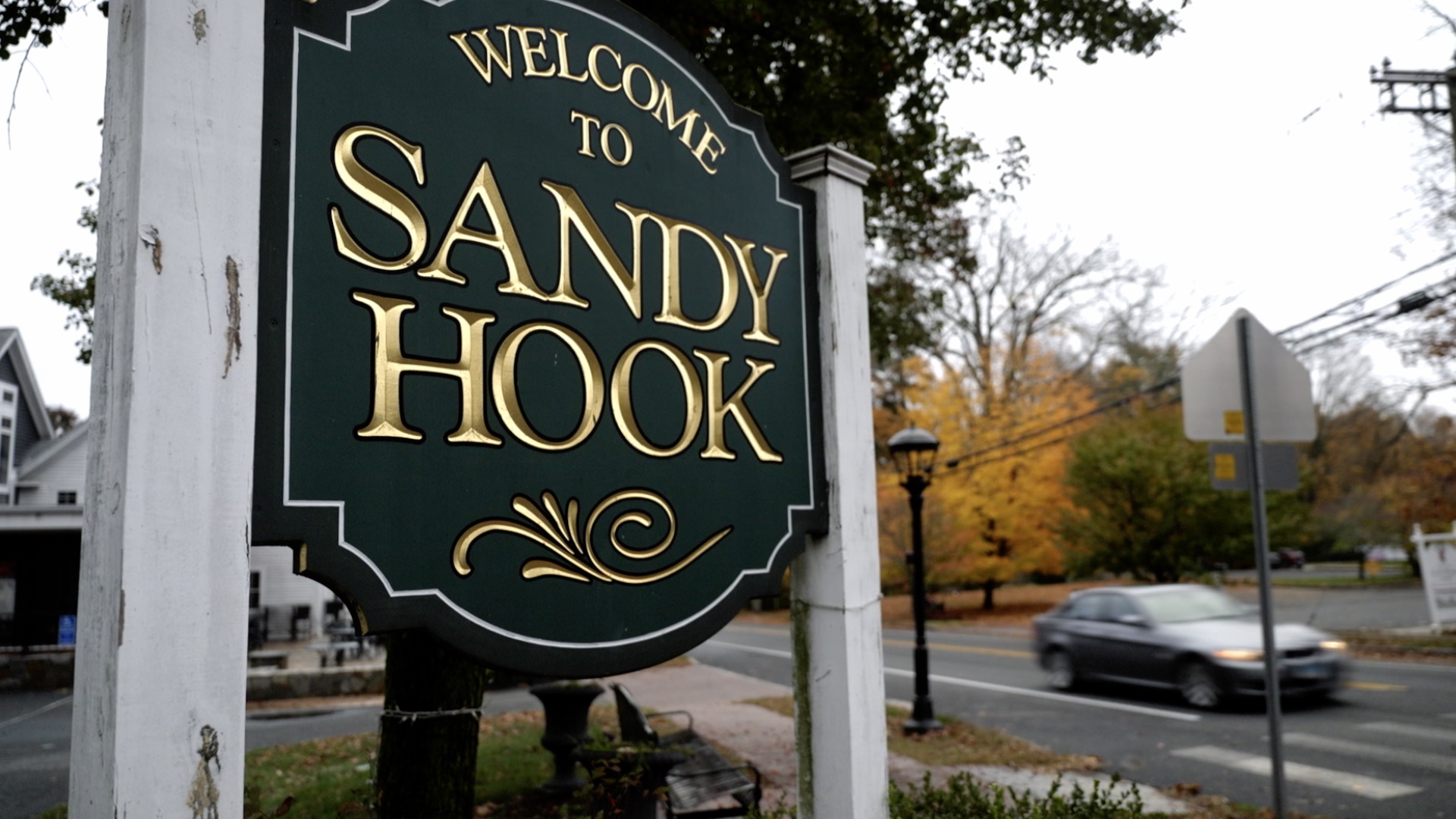ABOUT:
The U.S. stands at the forefront of medical innovation, but this progress comes at a staggering cost.
The U.S. leads the world in medical innovation, but millions struggle to access or afford care. About 8% of Americans are uninsured, and nearly half are underinsured—unable to pay high deductibles or out-of-pocket costs. The country spends almost 20% of its economy on healthcare, yet 97 million adults remain inadequately covered.
In poor regions like Appalachia, free clinics and nonprofits fill the gap. Theresa Tyson’s annual health fair brings $2 million in care to rural communities, severely under-serviced. Thousands of people will drive from hundreds of miles around to be treated for free over three days. Hers is the oldest mobile free clinic in the country."Times have traditionally been very hard here in the central Appalachian, all up and down the Appalachian region. The success of this nation was bore on the backs of the coal miners here. So many times I feel that they've just been forgotten."
With health insurance tied to employment, many lose coverage when they stop working. Even middle-class patients often face bankruptcy after serious illness. One in four cancer patients loses their home or savings to pay for treatment. Despite spending more per person than any other country, the U.S. has the lowest life expectancy among wealthy nations. “Medicine in this country is broken,” says oncology nurse Karen Haughey, who is also the coordinator of a Cancer Support Group, just outside Baltimore, Maryland.
'Triage: Healthcare in the U.S.' takes a closer look at the patients, doctors, and providers trying to make sense of a system that should be looking out for Americans but too often leaves them unattended and broke.
WATCH
MORE FROM CGTN AMERICA
- Click to share on Facebook (Opens in new window) Facebook
- Click to share on X (Opens in new window) X
- Click to share on Instagram (Opens in new window) Instagram
- Click to share on LinkedIn (Opens in new window) LinkedIn
- Click to share on Reddit (Opens in new window) Reddit
- Click to print (Opens in new window) Print
 CGTN America
CGTN America











